Perspectives
Recent articles
Expert opinions on trends and controversies in neuroscience
Why we need basic science to better understand the neurobiology of psychedelics
Despite the many psychedelics clinical trials underway, there is still much we don’t know about how these drugs work. Preclinical studies represent our best viable avenue to answer these lingering questions.
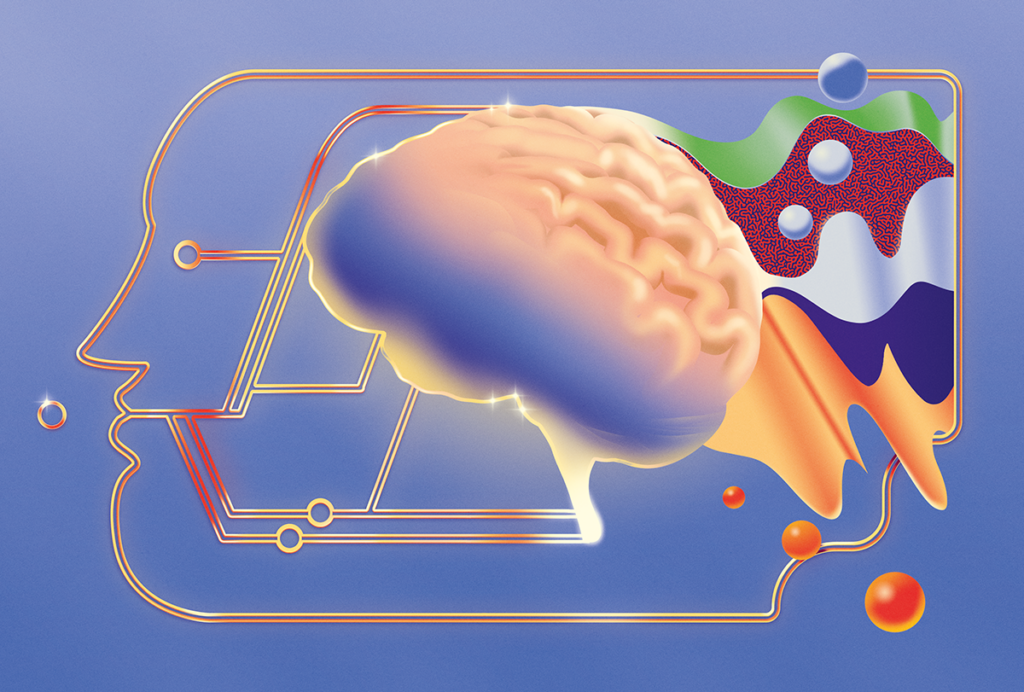
Why we need basic science to better understand the neurobiology of psychedelics
Despite the many psychedelics clinical trials underway, there is still much we don’t know about how these drugs work. Preclinical studies represent our best viable avenue to answer these lingering questions.
Reproducibility is a team sport: Lessons from a large-scale collaboration
Building reproducible systems across labs is possible, even in large-scale neuroscience projects. You just need rigor, collaboration and the willingness to look your own practices dead in the eye.
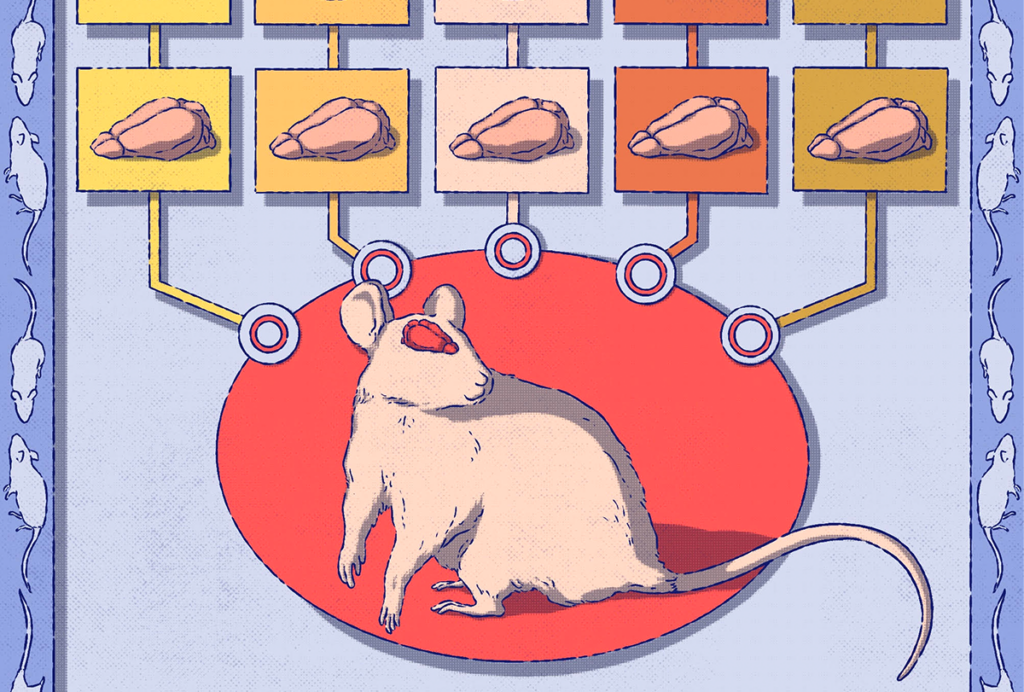
Reproducibility is a team sport: Lessons from a large-scale collaboration
Building reproducible systems across labs is possible, even in large-scale neuroscience projects. You just need rigor, collaboration and the willingness to look your own practices dead in the eye.
Beyond Newtonian causation in neuroscience: Embracing complex causality
The traditional mechanistic framework must give way to a richer understanding of how brains actually generate behavior over time.
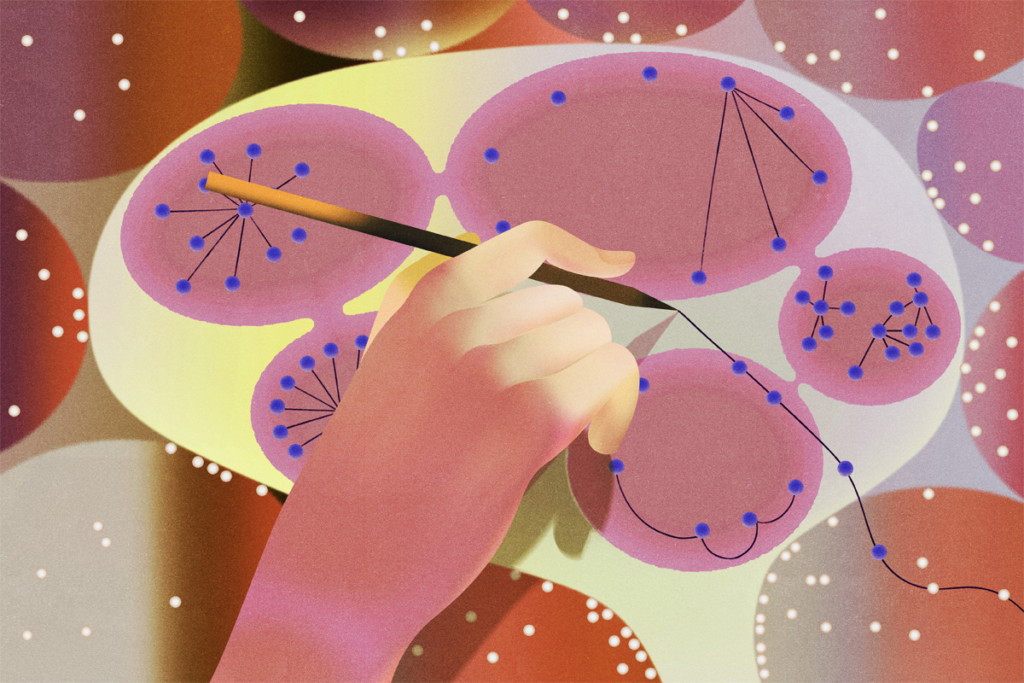
Beyond Newtonian causation in neuroscience: Embracing complex causality
The traditional mechanistic framework must give way to a richer understanding of how brains actually generate behavior over time.
This paper changed my life: Dan Goodman on a paper that reignited the field of spiking neural networks
Friedemann Zenke’s 2019 paper, and its related coding tutorial SpyTorch, made it possible to apply modern machine learning to spiking neural networks. The innovation reinvigorated the field.
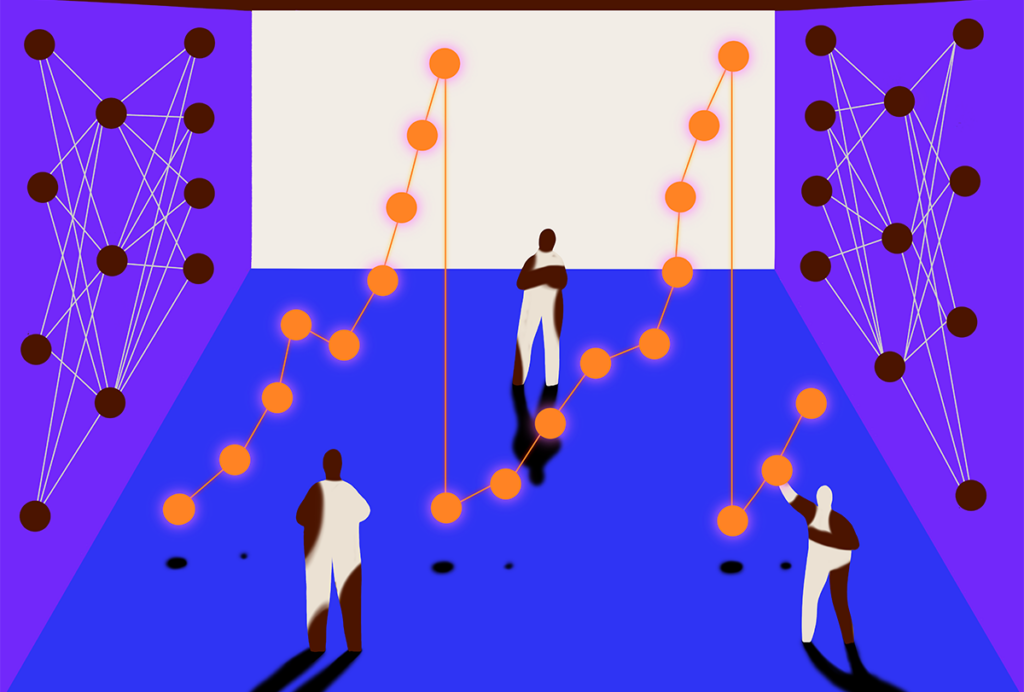
This paper changed my life: Dan Goodman on a paper that reignited the field of spiking neural networks
Friedemann Zenke’s 2019 paper, and its related coding tutorial SpyTorch, made it possible to apply modern machine learning to spiking neural networks. The innovation reinvigorated the field.
International scientific collaboration is more necessary—yet more challenging—than ever
These partnerships accelerate neuroscience by enabling researchers to share resources and expertise, as well as generate more relevant and reproducible results. But new federal funding restrictions in the United States are putting such collaborations in jeopardy.
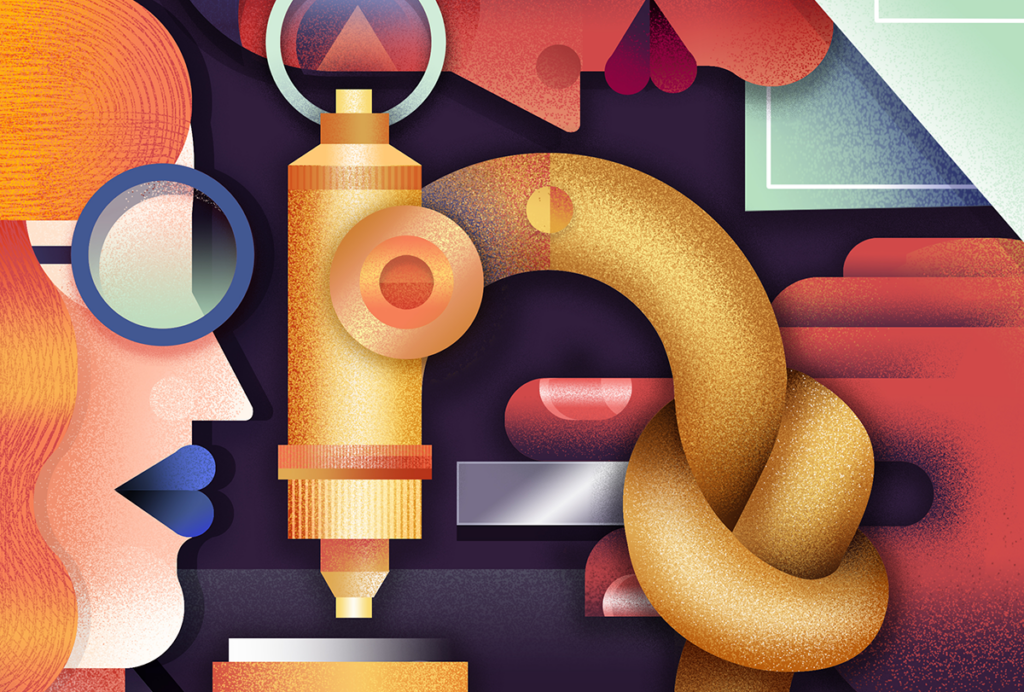
International scientific collaboration is more necessary—yet more challenging—than ever
These partnerships accelerate neuroscience by enabling researchers to share resources and expertise, as well as generate more relevant and reproducible results. But new federal funding restrictions in the United States are putting such collaborations in jeopardy.
Building the future of neuroscience at HBCUs
Black In Neuro is launching a new program to help historically Black colleges and universities advance neuroscience research and education, focusing on cross-institutional collaboration, joint curriculum development and improved mentoring initiatives.
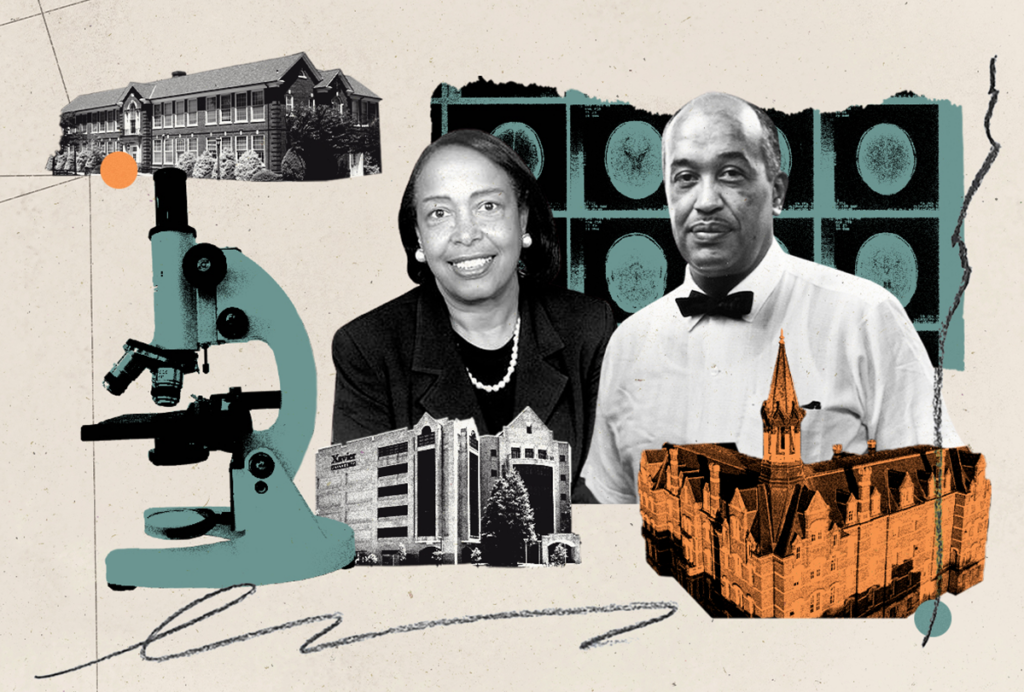
Building the future of neuroscience at HBCUs
Black In Neuro is launching a new program to help historically Black colleges and universities advance neuroscience research and education, focusing on cross-institutional collaboration, joint curriculum development and improved mentoring initiatives.
Emotion research has a communication conundrum
In 2025, the words we use to describe emotions matter, but their definitions are controversial. Here, I unpack the different positions in this space and the rationales behind them—and I invite 13 experts to chime in.
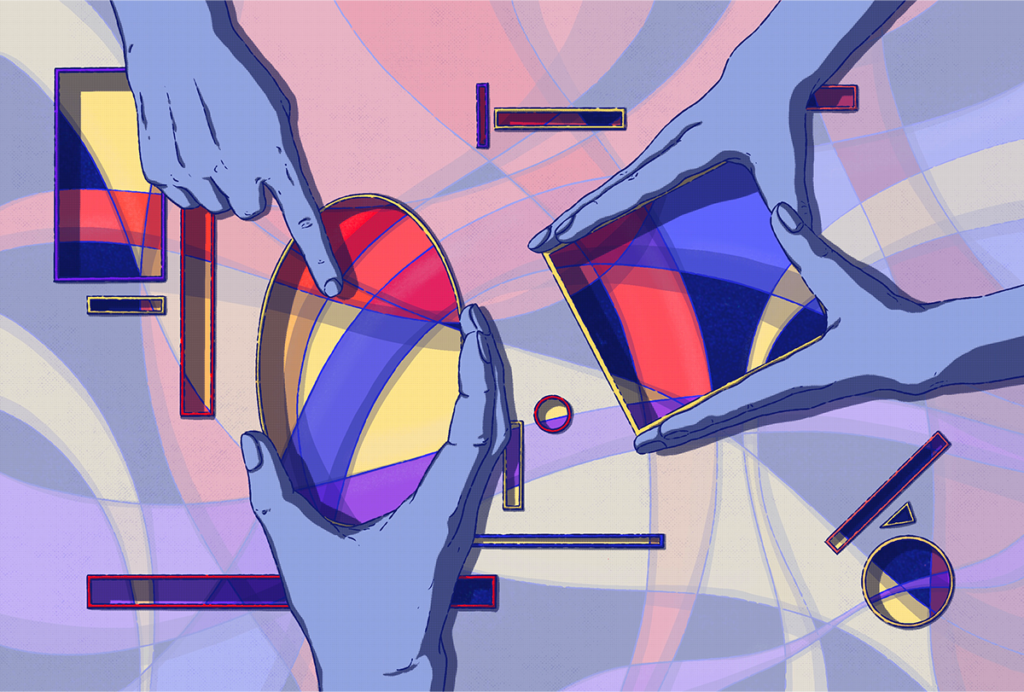
Emotion research has a communication conundrum
In 2025, the words we use to describe emotions matter, but their definitions are controversial. Here, I unpack the different positions in this space and the rationales behind them—and I invite 13 experts to chime in.
From bench to bot: Why AI-powered writing may not deliver on its promise
Efficiency isn’t everything. The cognitive work of struggling with prose may be a crucial part of what drives scientific progress.

From bench to bot: Why AI-powered writing may not deliver on its promise
Efficiency isn’t everything. The cognitive work of struggling with prose may be a crucial part of what drives scientific progress.
Bringing neuroscience to rural Mexico: In conversation with Mónica López-Hidalgo
By offering education and translating scientific terms into Indigenous languages, López-Hidalgo’s outreach program, Neurociencias Para Todos, provides schoolteachers with tools to bring neuroscience to their communities.
Bringing neuroscience to rural Mexico: In conversation with Mónica López-Hidalgo
By offering education and translating scientific terms into Indigenous languages, López-Hidalgo’s outreach program, Neurociencias Para Todos, provides schoolteachers with tools to bring neuroscience to their communities.
Llevando la neurociencia al México rural: En conversación Mónica López-Hidalgo
A través de la educación y traducción de términos científicos en lenguas indígenas, el programa Neurociencias Para Todos provee de herramientas a maestros para llevar la neurociencia a sus comunidades.
Llevando la neurociencia al México rural: En conversación Mónica López-Hidalgo
A través de la educación y traducción de términos científicos en lenguas indígenas, el programa Neurociencias Para Todos provee de herramientas a maestros para llevar la neurociencia a sus comunidades.
Explore more from The Transmitter
Meet the Autism Data Science Initiative grantees
The awarded projects plan to study gene-and-environment interactions in people, stem cells and organoids, as well as predictors of positive life outcomes in autistic youth and adults.
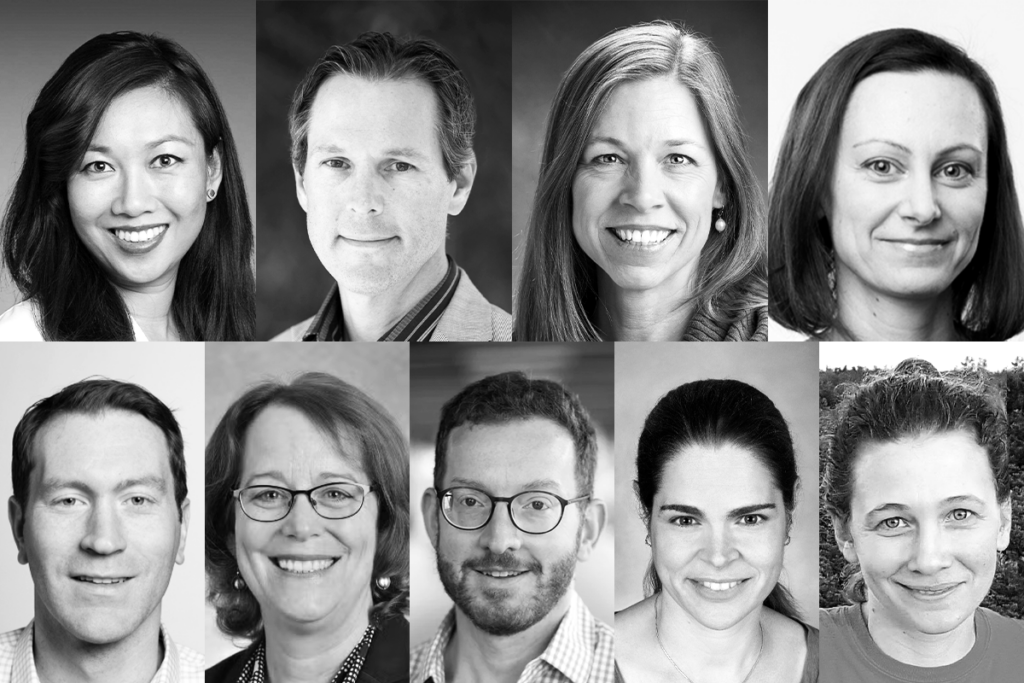
Meet the Autism Data Science Initiative grantees
The awarded projects plan to study gene-and-environment interactions in people, stem cells and organoids, as well as predictors of positive life outcomes in autistic youth and adults.
Exclusive: The 23 studies the FDA based its expanded leucovorin label on
The studies include 46 people, mostly toddlers, who have cerebral folate deficiency due to variants in a folate transporter.

Exclusive: The 23 studies the FDA based its expanded leucovorin label on
The studies include 46 people, mostly toddlers, who have cerebral folate deficiency due to variants in a folate transporter.
Autism researchers ‘pleasantly surprised’ by list of NIH data project grantees, despite initial concerns
An atypical funding mechanism, truncated application timeline and opaque review process had generated concern over the quality of projects that would be selected for the Autism Data Science Initiative.
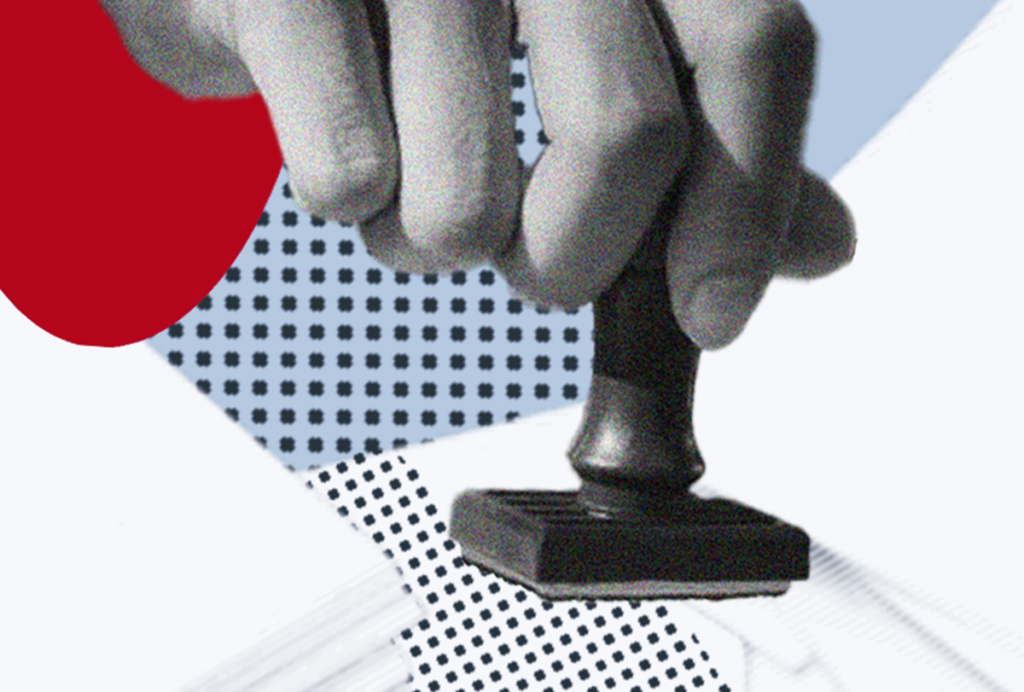
Autism researchers ‘pleasantly surprised’ by list of NIH data project grantees, despite initial concerns
An atypical funding mechanism, truncated application timeline and opaque review process had generated concern over the quality of projects that would be selected for the Autism Data Science Initiative.